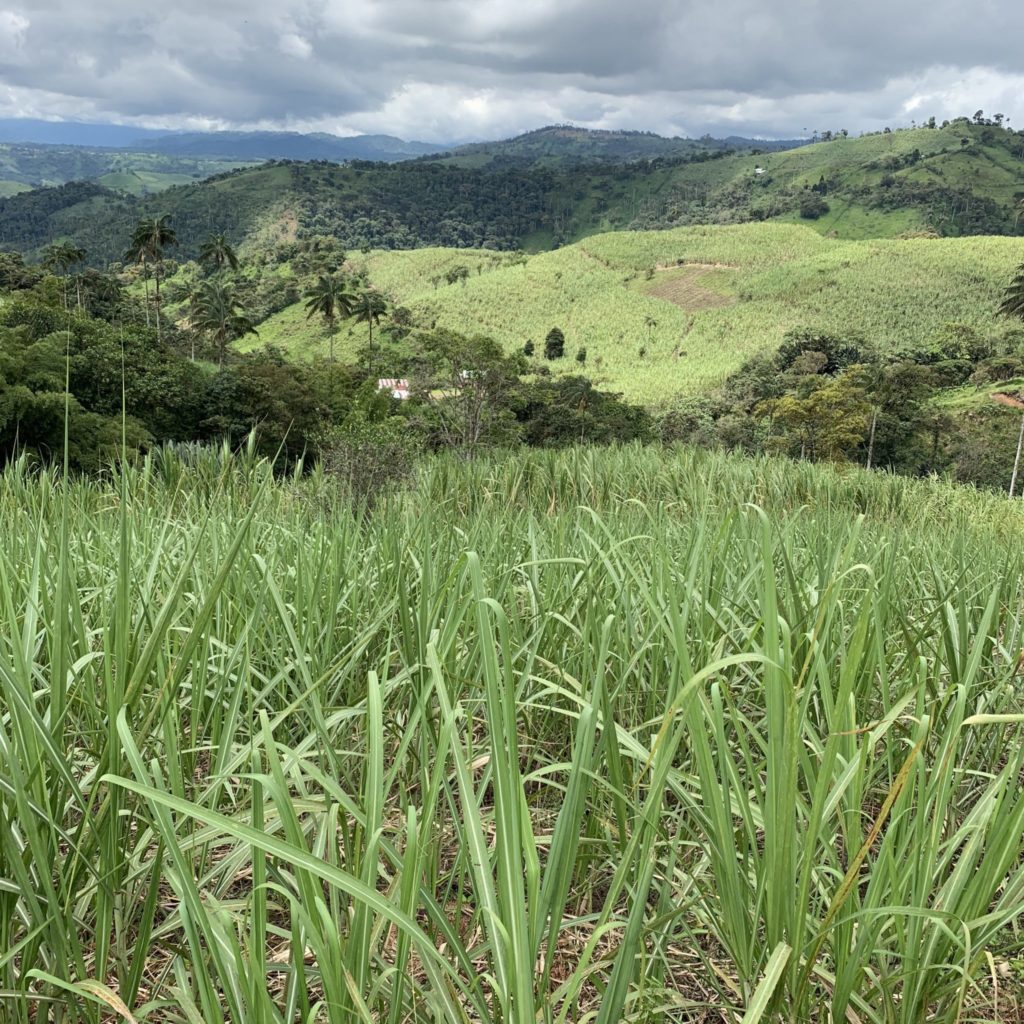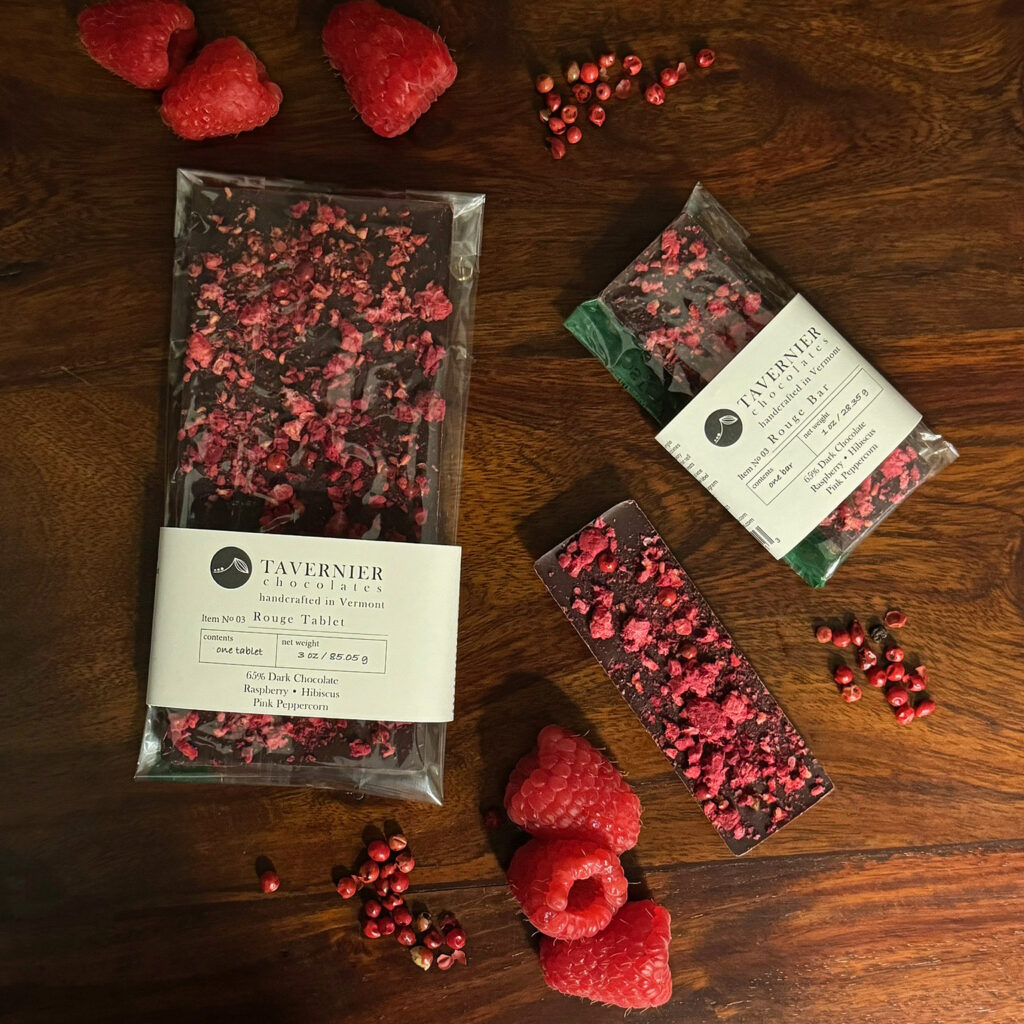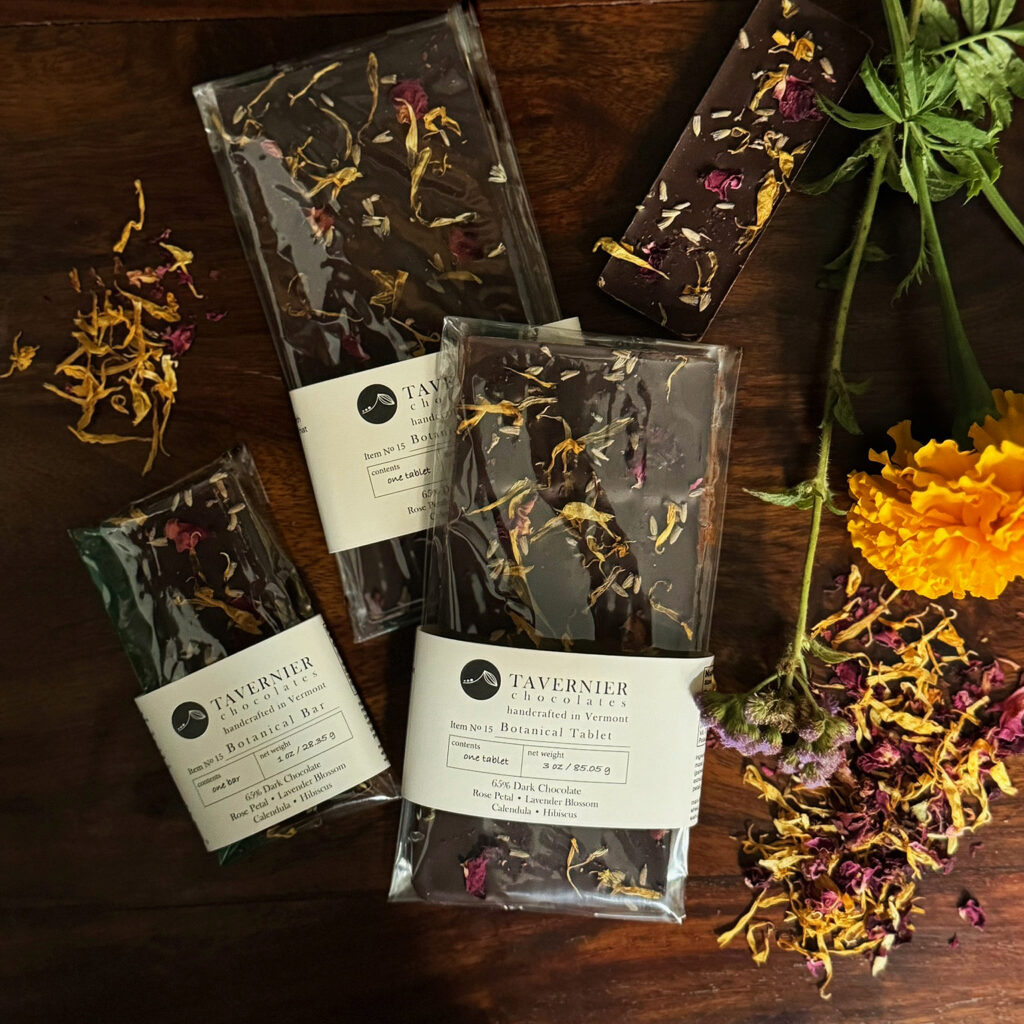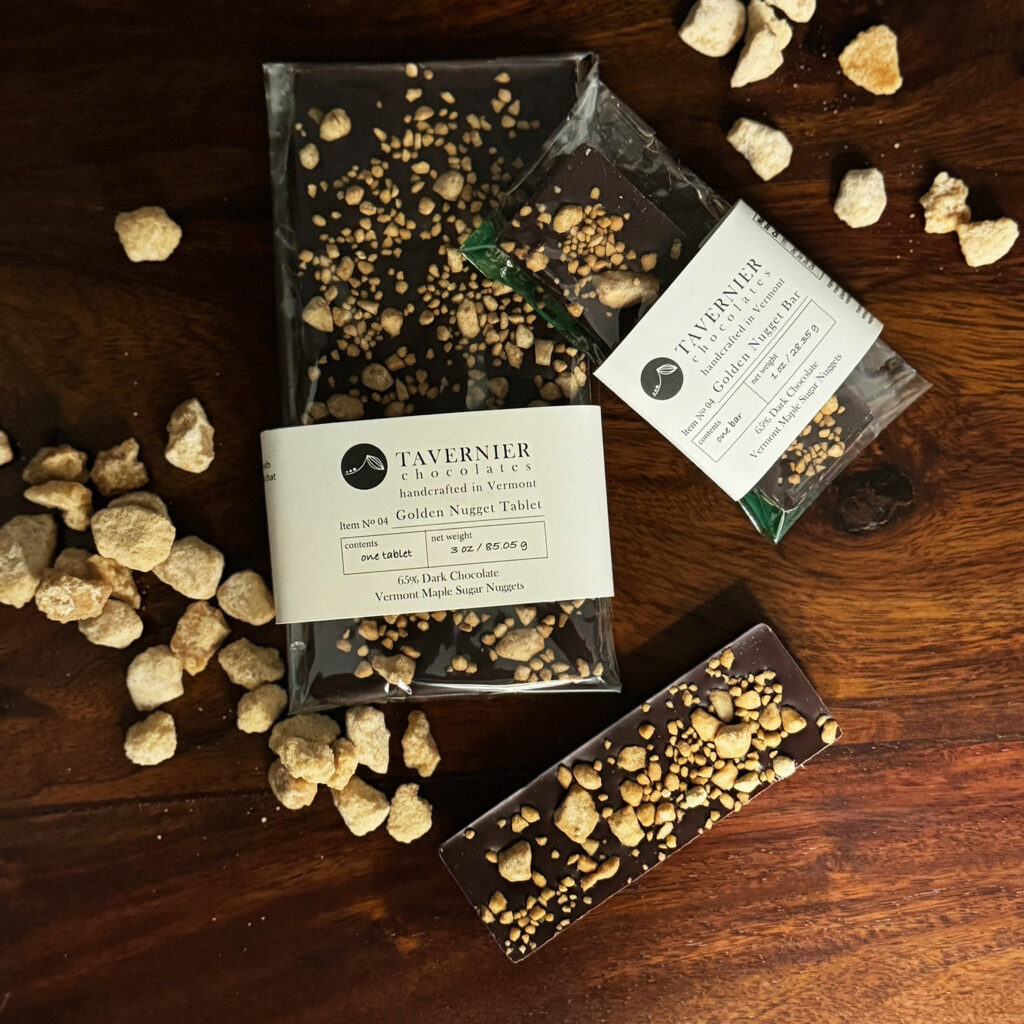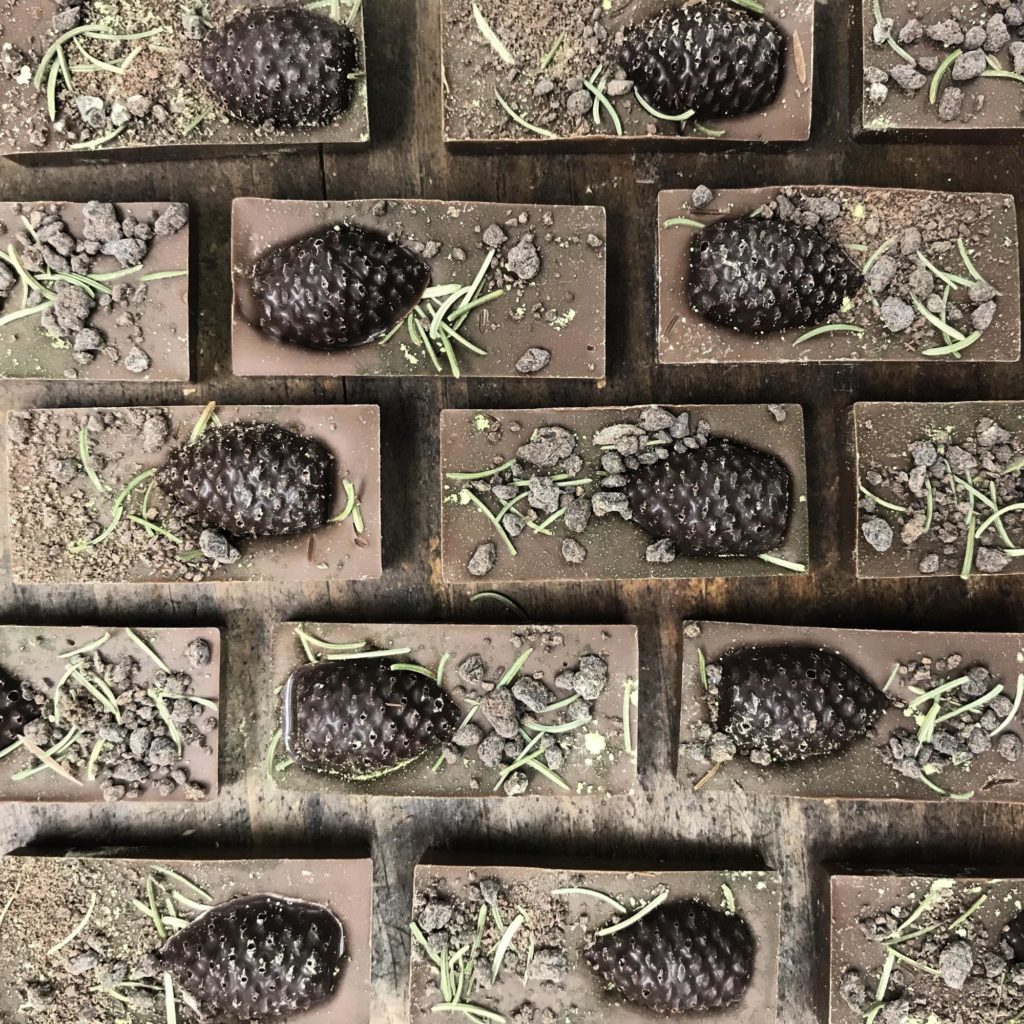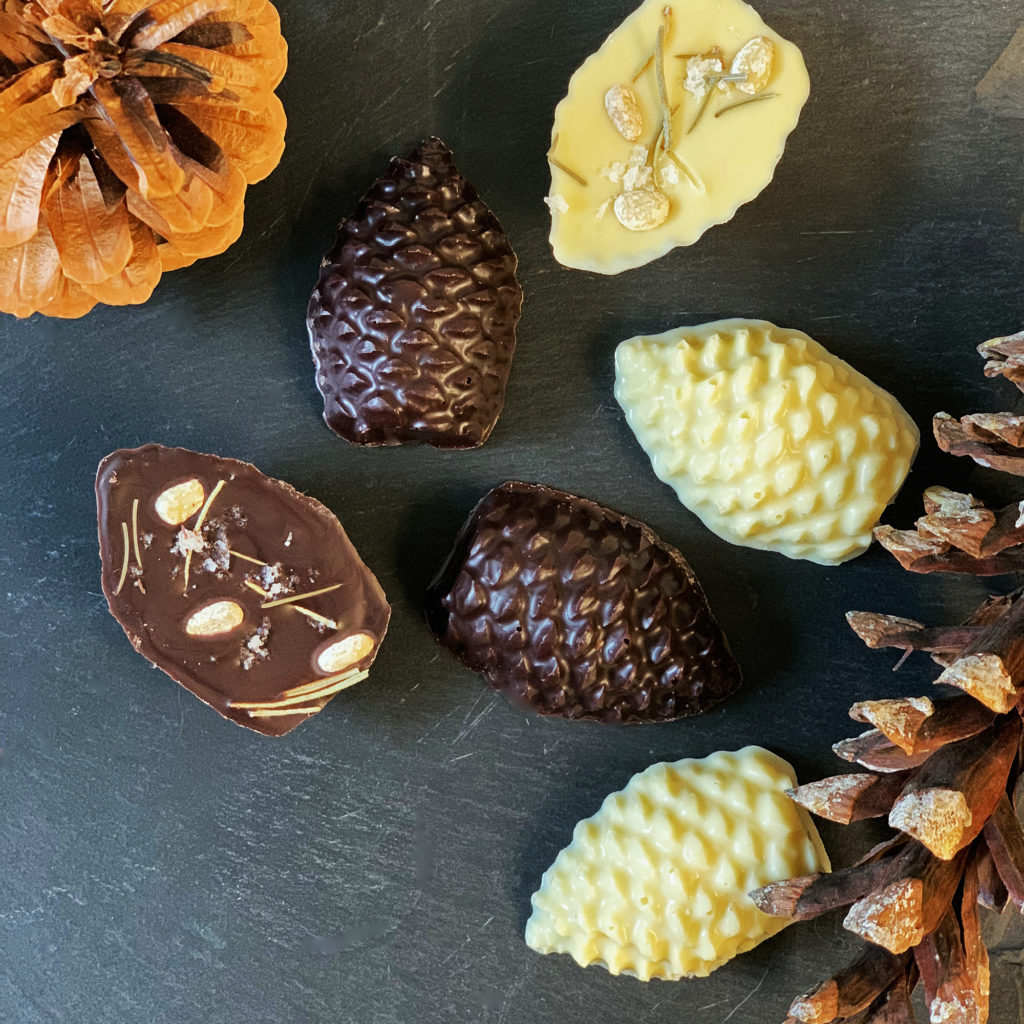sugar sourced at origin for chocolate
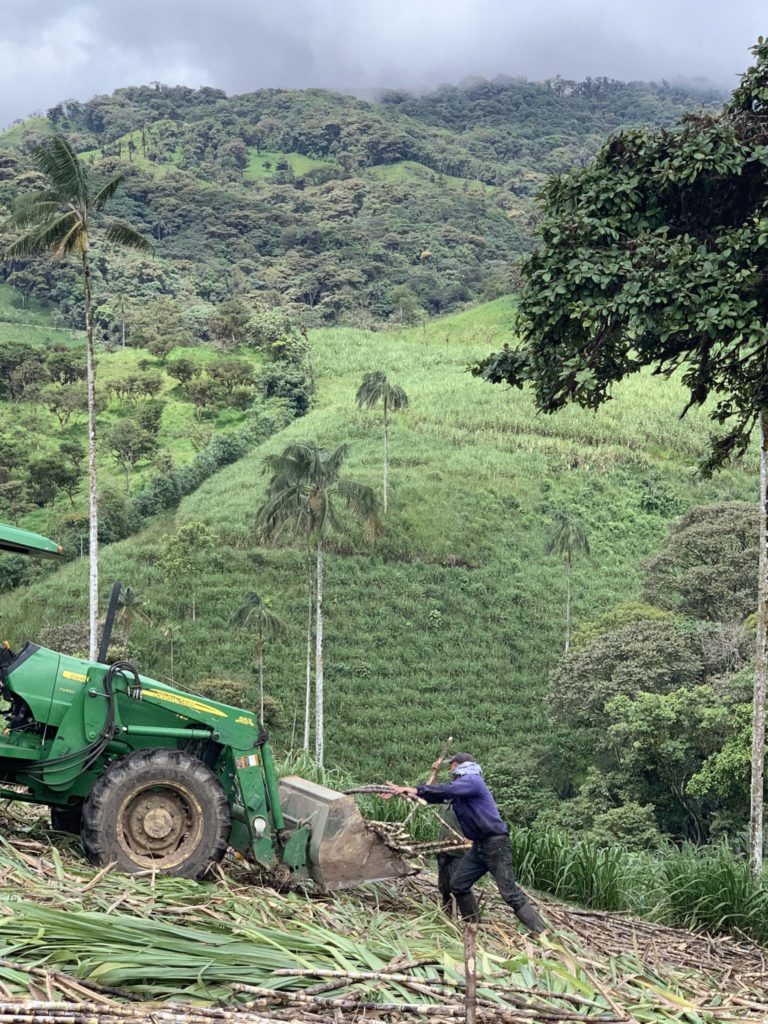
Again, the old adage, what grows together goes together. High up in another part of the Andes we visited a sugarcane plantation where they make their organically grown sugar into panela, unrefined sugar that retains more of its nutritional value and tastes less sweet with a deeper, more complex flavor.
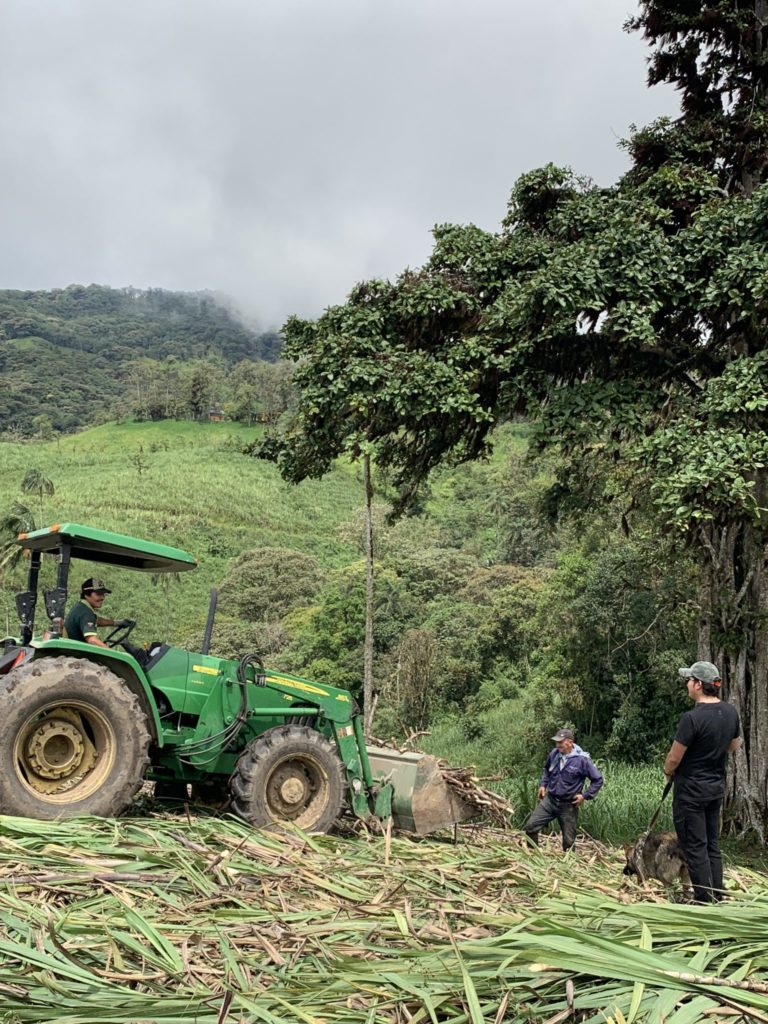
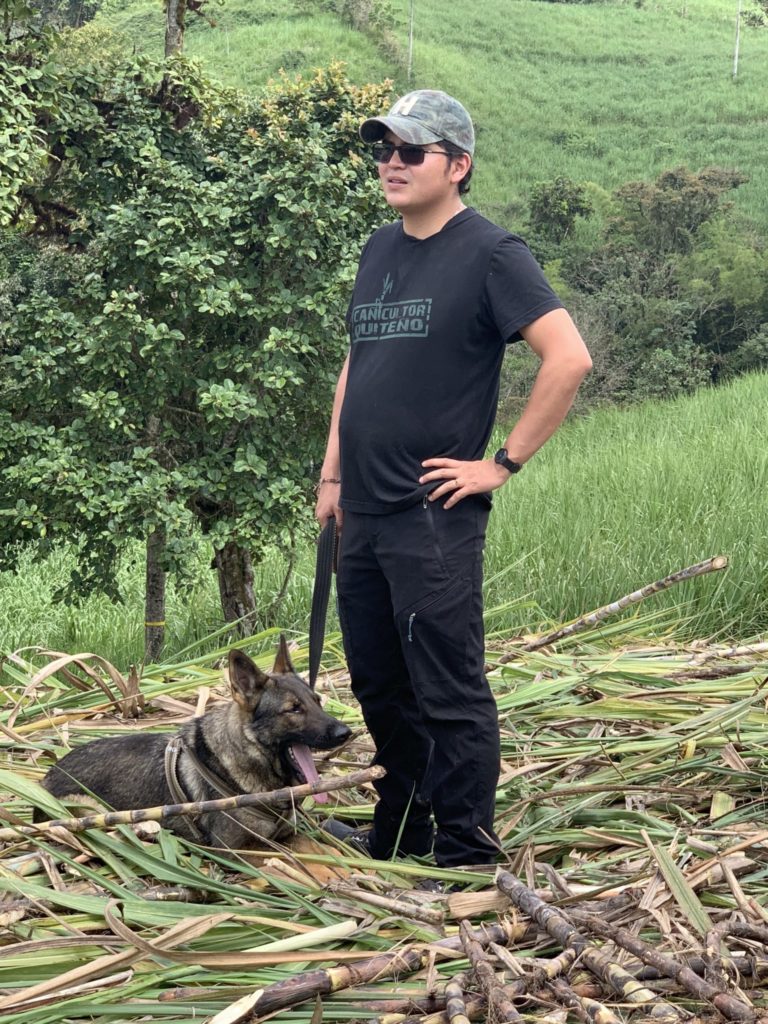
Like any agricultural product, growing and harvesting sugarcane is hard work. The care and the clean environment that the canes grow in comes out in the flavor of the sugar, adding just the right amount of sweetness and distinctive aromas to locally grown chocolate.
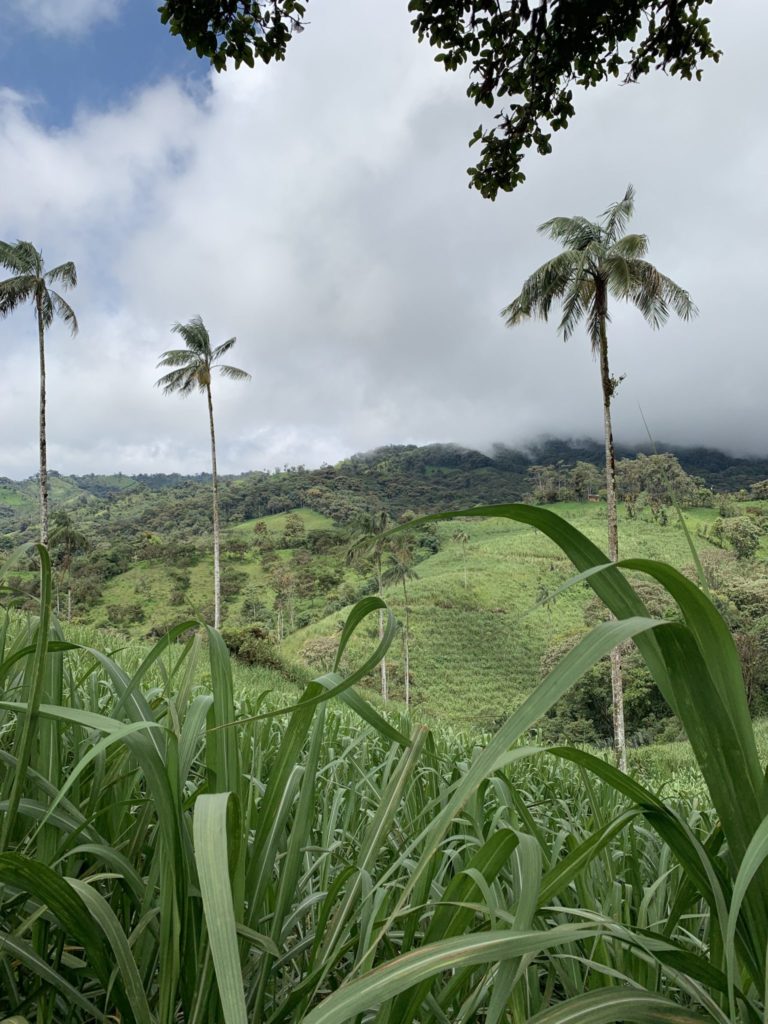
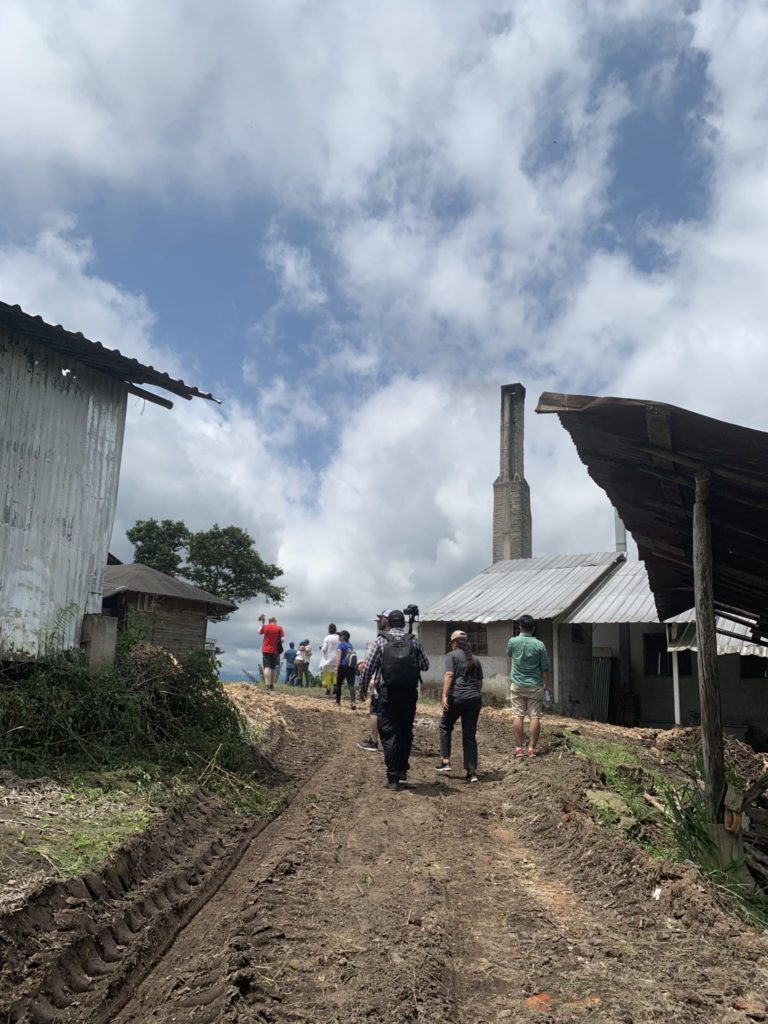
The canes are harvested with machetes and juiced the same day.
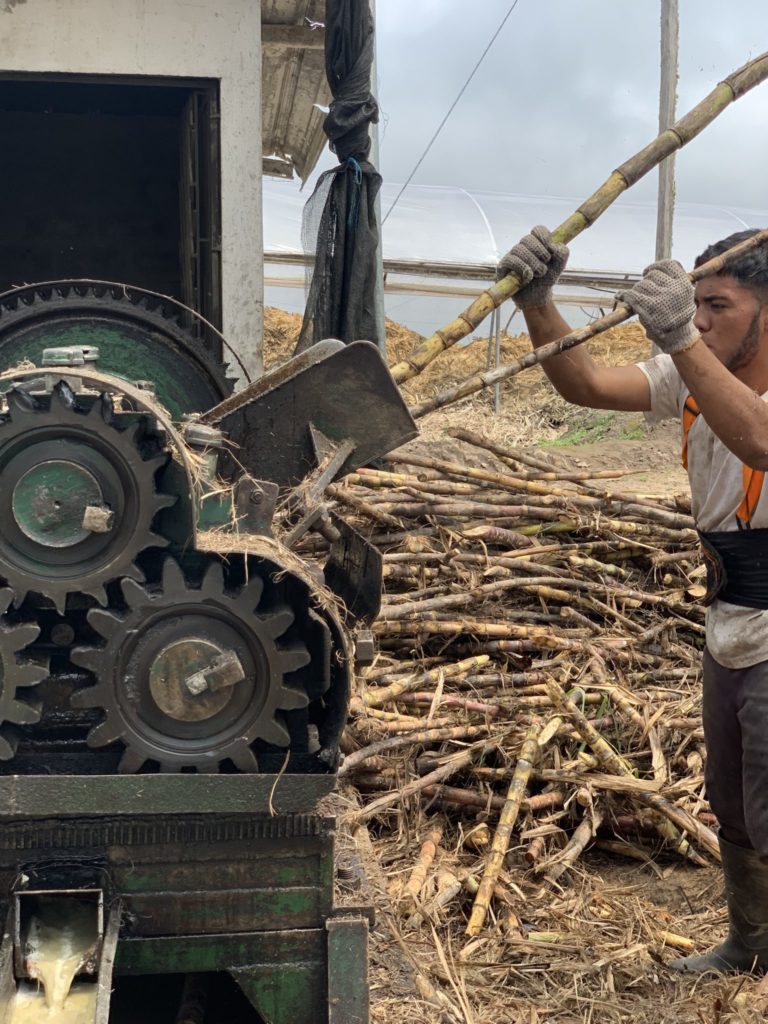
A native plant that has a gelatinous sap, much like aloe, is added to the juice to act as a natural bioremediator that filters out contaminants and is removed before cooking begins.
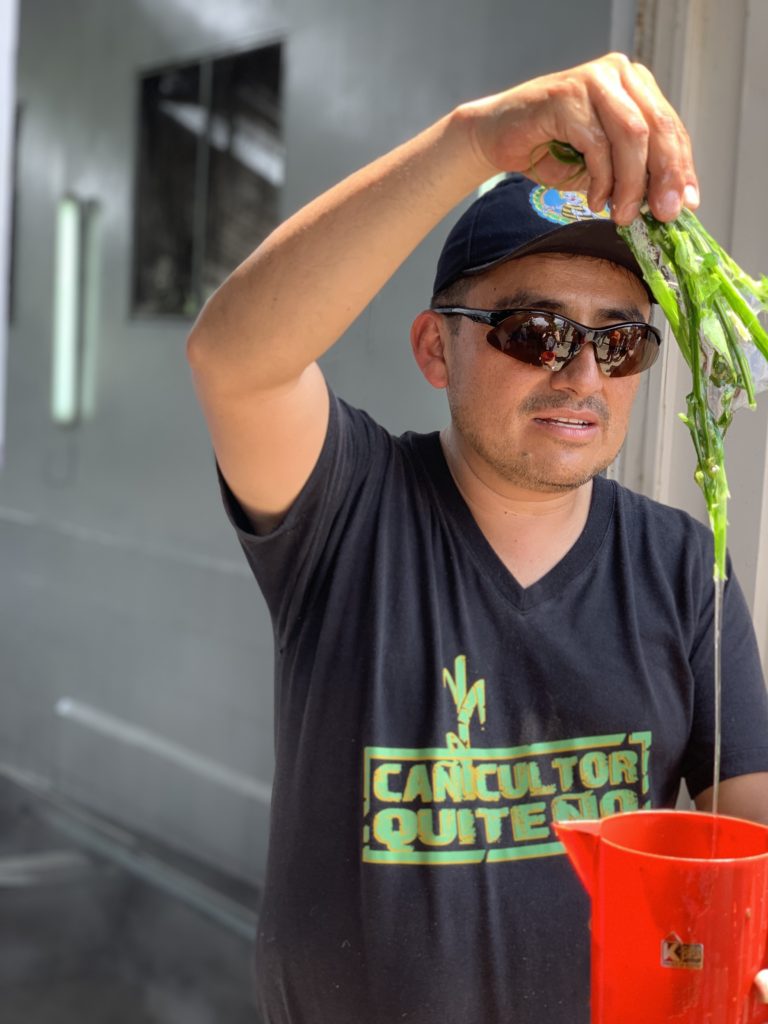
A fire-powered vat stoked with the cane husks cooks down the liquid sugar, so nothing is wasted. The fire is watched carefully to keep the temperature steady for cooking the cane juice.
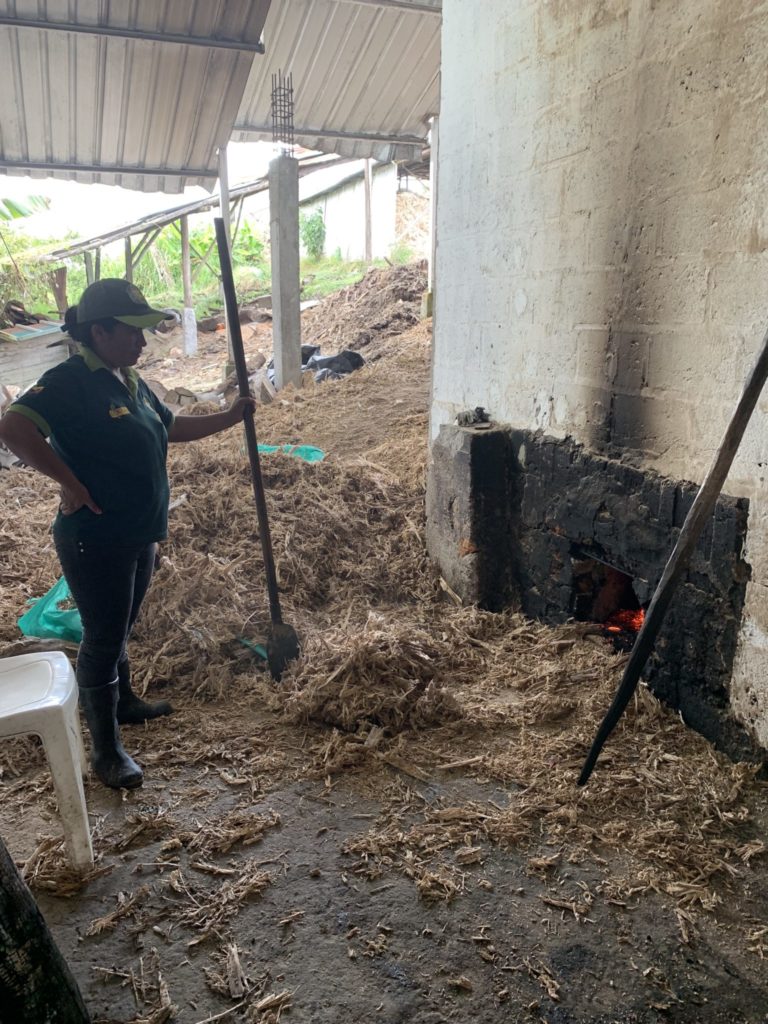
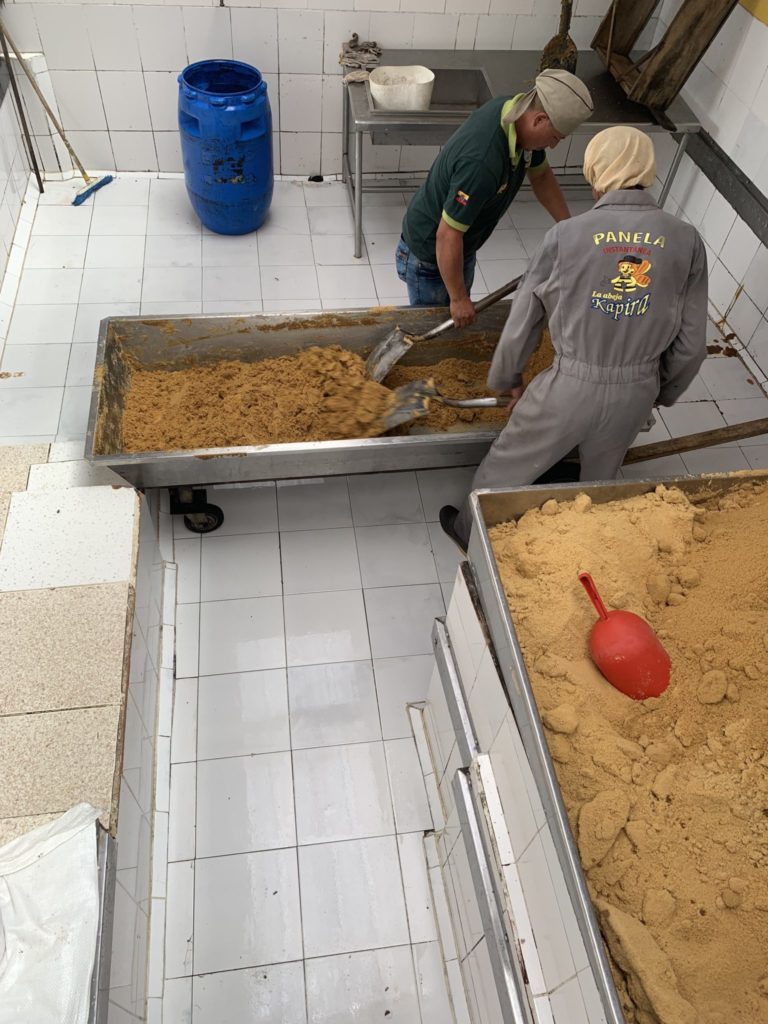
The process is a lot like boiling sap to make maple sugar, but much quicker. The resulting brown sugar crystals have a rich flavor that compliments chocolate beautifully.
